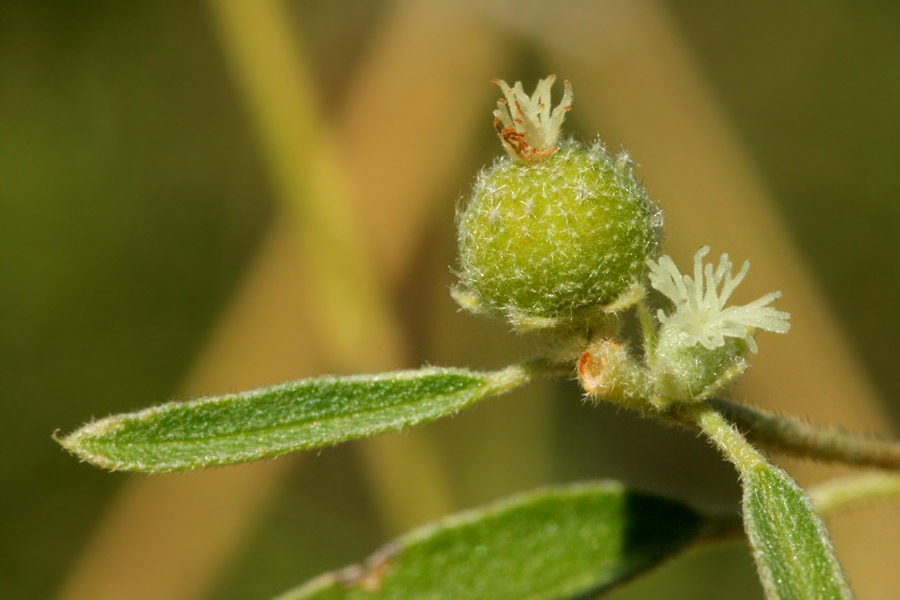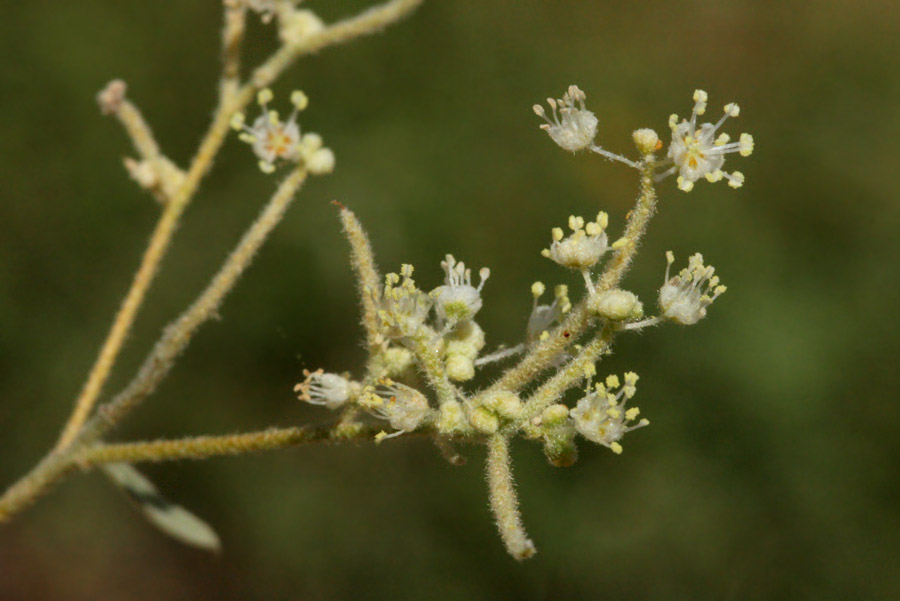Selected Plants of Navajo Rangelands
Texas croton

Texas croton produces a seed crop that is very valuable to dove, quail and other seed-eating birds but has low value for livestock grazing. It grows on calcareous soils, sandy loam soils and loose sands. It can occur in great abundance and is generally associated with soil disturbance, lack of soil cover or overgrazing. Like the other native, annual crotons, Texas croton has an aromatic smell when the leaves are crushed. It varies from 1 foot to 4 feet tall, depending on moisture conditions. The flowers are arranged in spikes at the ends of the stems, and the fruit is a capsule divided into three segments supporting three individual seeds.
*Description based on Texas A & M's Plants of Texas Rangelands.


©2018 NMSU Board of Regents.
Individual photographers retain all rights to their images.
Partially funded by the
Western Sustainable
Agriculture Research and Education Program
(westernsare.org; 435.797.2257),
project EW15-023.
Programs and projects supported by Western SARE are
equally open to all people.